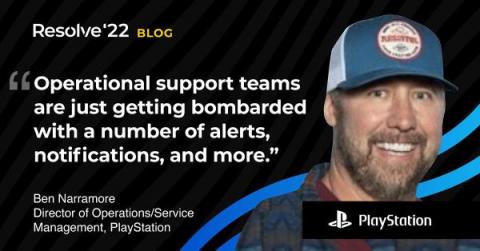RESOLVE '22: Observability and AIOps sitting in a tree
In our first session from RESOLVE ‘22, we were honored to have Darren Boyd and Satbir Sran from the Incubator podcast and ink8r think tank talk observability and AIOps with BigPanda’s Aaron Johnson. Both panelists are part of communities adopting open standards, and they regularly consult with organizations about how they can improve IT Operations and overall performance.











